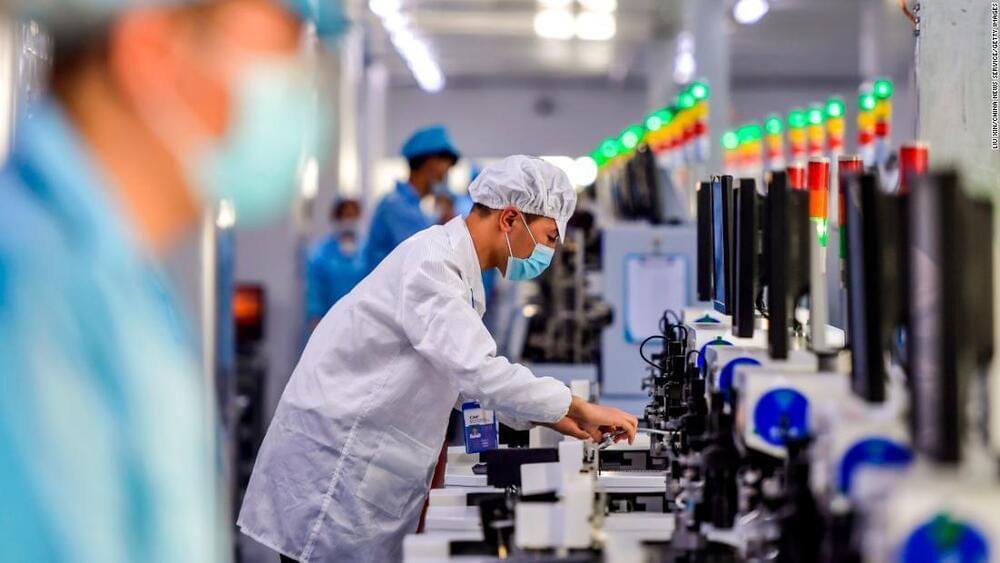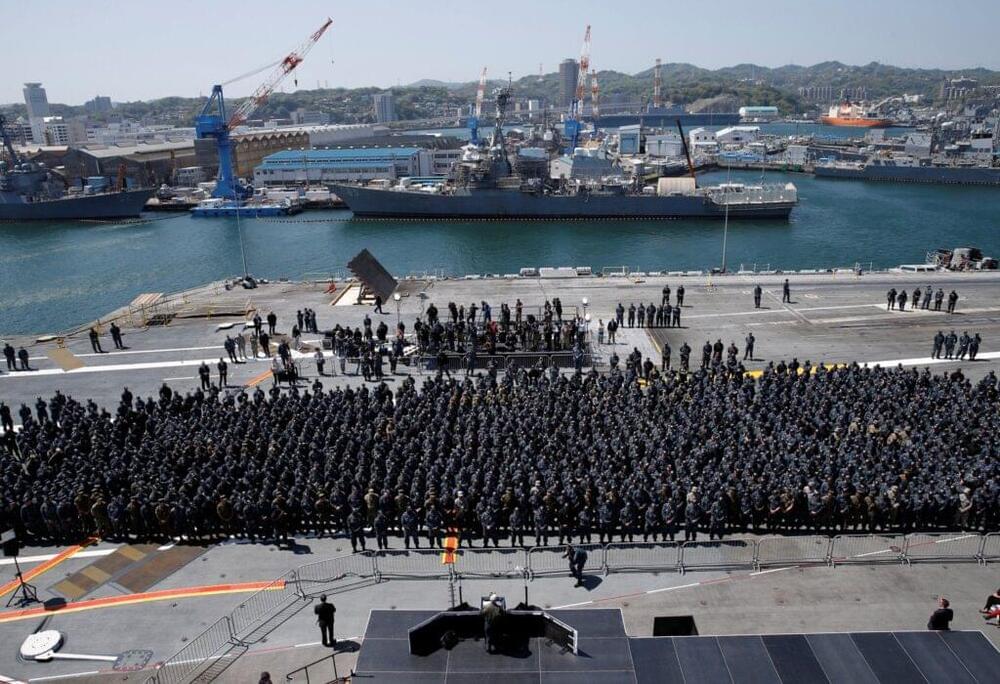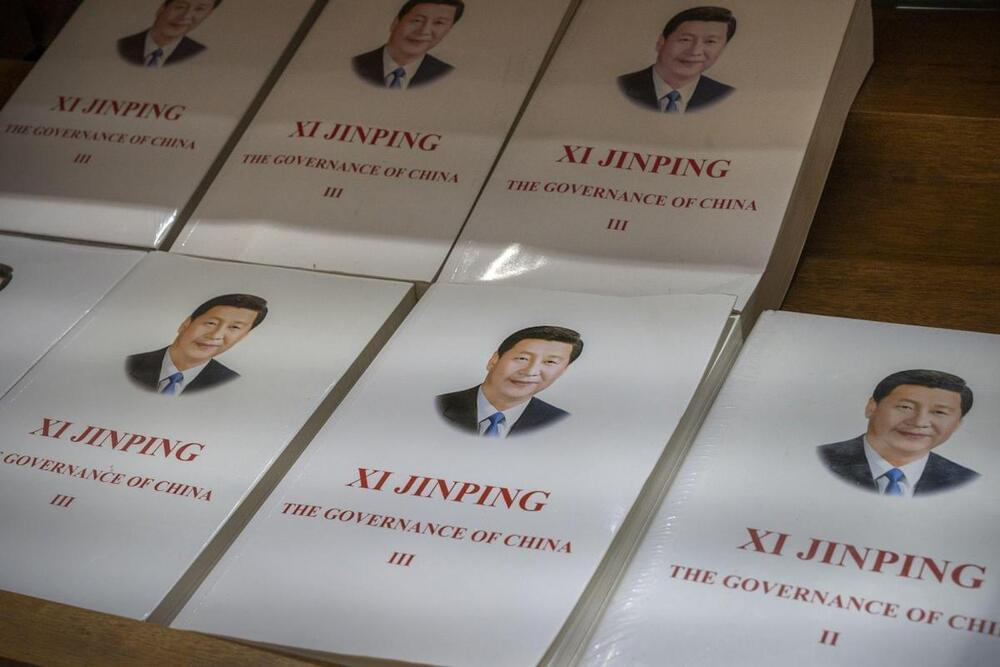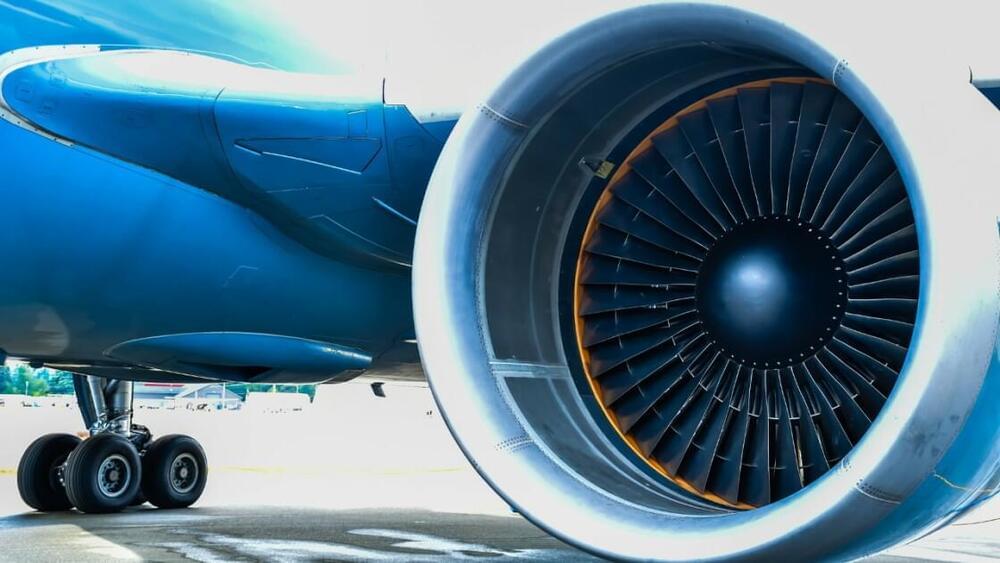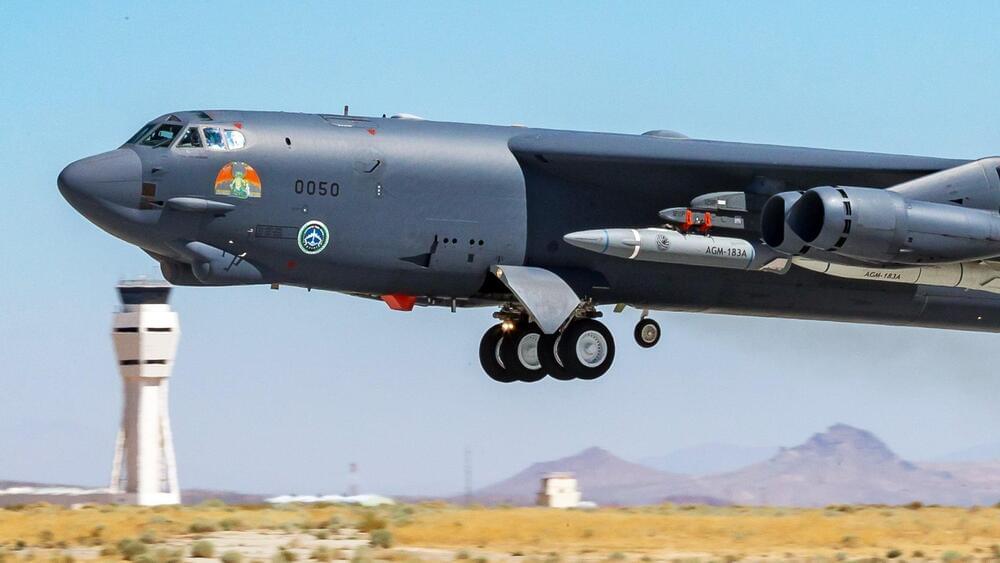He has done his math. The questions seem to be: How to put together viable payloads to make use of Stsrship launches? How to build new markets in space?
This again?! Game Over? Busted? We’re doing Starship again so soon because I’m an unoriginal hack. There’s also been new developments in Starship and I think it’s a perfect time to revisit the launch system. Get as mad as you wish.
Will Starship live up to expectations? Will it really revolutionize space travel? Is Mars and beyond finally within grasp? Why are Musk’s fans so strangely devoted to him? Will I stop asking dumb questions?
Corrections, Clarifications, and Notes.
1. Jesus Christ I forgot about Dear Moon again. It’s clear that Starship probably won’t be human-rated by NASA by 2023. The FAA, if I remember correctly, doesn’t regulate commercial crew vehicles (like airplanes) yet. You could always do a Crew Dragon to Starship for that or something along those lines. I’d anticipate Dear Moon being pushed or somehow incorporated into an HLS demonstration.
